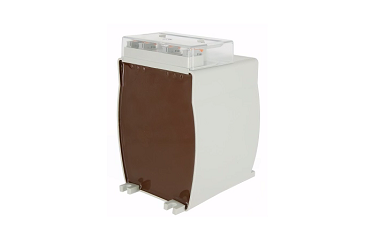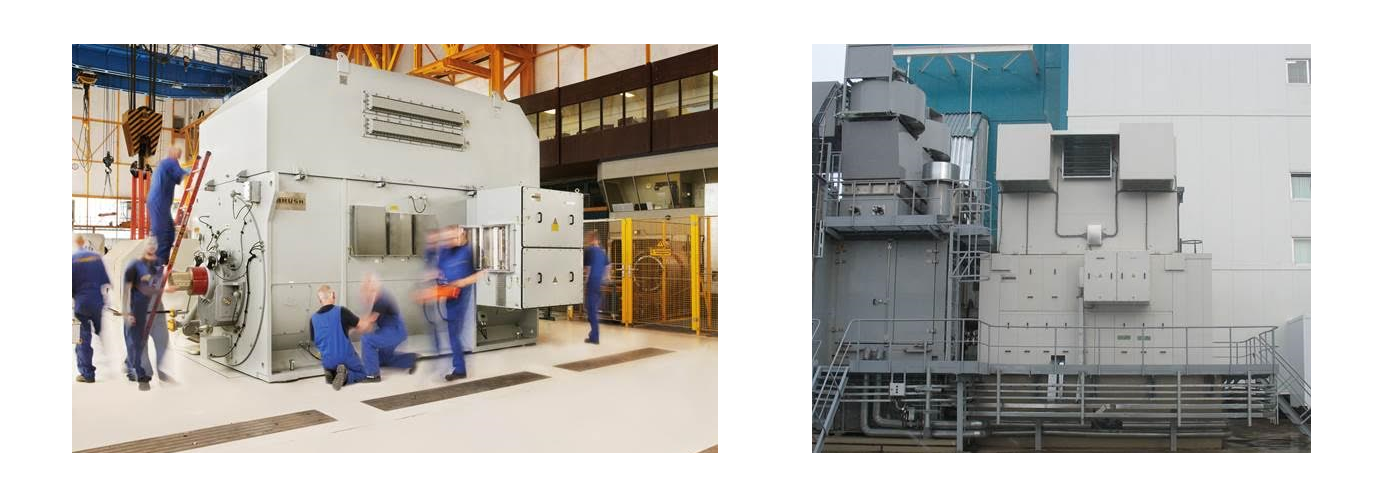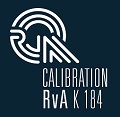The transition from a fossil energy-based central energy system to a sustainable decentralized system requires a lot from the electricity network. Network operator Enexis is taking the next step towards digitization and data-driven asset management by placing sensors in its medium-voltage stations. The data collected here supports the network operator in monitoring his network, in making smart investment decisions and in implementing smart maintenance. This digitization makes it easier for municipalities and private individuals to make their energy consumption more sustainable.
Like any government company, Enexis is obliged to publicly tender its tenders. Because the network company expects to use Distribution Automation (DA) and Distribution Automation Light (Dali) boxes for a long period of time, the Enexis experts paid a lot of attention to make the Dali box future-proof. Kohlmann: “Of course we have accurately described the specifications with regard to functionality. We also opted for an open system that in principle can handle all type of data protocols. The risk of a vendor lock is more present with data communication systems than with most hardware that we use in our networks. Also the dynamics of these types of systems are very different from what we are used to as they age faster. Besides being open, the system is also quite flexible, so that we can easily add new sensors if we need them in the future.”
Current Transformers
One of the contributions to the Dali box came from ourselves. Our account manager Wim van Turennout: “We originally registered for a small but important part of the Dali box: the connection by using current transformers.”
After the contract was allowed to us, we thought we could help Enexis speed up the installation. Van Turennout: “You cannot just switch off a medium voltage station to install a Dali box. The Dali box must be mounted and connected in an operational medium-voltage station. For example, offering phase voltages and currents, but also taking over the control of public lighting and the tariff signal. Considering the amount of cabling, connecting is often a challenge. Apart from the fact that it is difficult to work in the often tight spaces, mistakes are also made quickly during connecting. Our proposal was to use special connectors for the current transformers that indicate which codes should be mounted to which phase. Subsequently, a technician only needs to follow the color codes to ensure a good connection of the current transformers. With this quite simple solution, we save technicians a lot of research work and the number of recovery actions afterwards is reduced.
Easier to assemble
In addition to the current, the voltage must be measured. For voltage measurement we provide a clamp that is easy to clamp onto the rail with the help of an isolated socket wrench which is also safer than an unsecured wire to a terminal strip, thanks to the built-in fuse. We had already developed this voltage measurement clamp for a similar concept. Again, we came up with a solution that simplifies mounting the Dali boxes, making installation a lot faster.
We like to think along with our customers and use the expertise that we build up to make their work more efficient and safer. The energy transition is a very complex exercise that requires the utmost of the knowledge and skills of the energy market. We as supplier can transfer experience from one network operator to another and thus contribute to keeping the electricity network affordable.”
Also looking for a customized transformer concept? Contact us for more information.

 +31 (0)521 533 333
+31 (0)521 533 333











 EN
EN  DE
DE  NL
NL